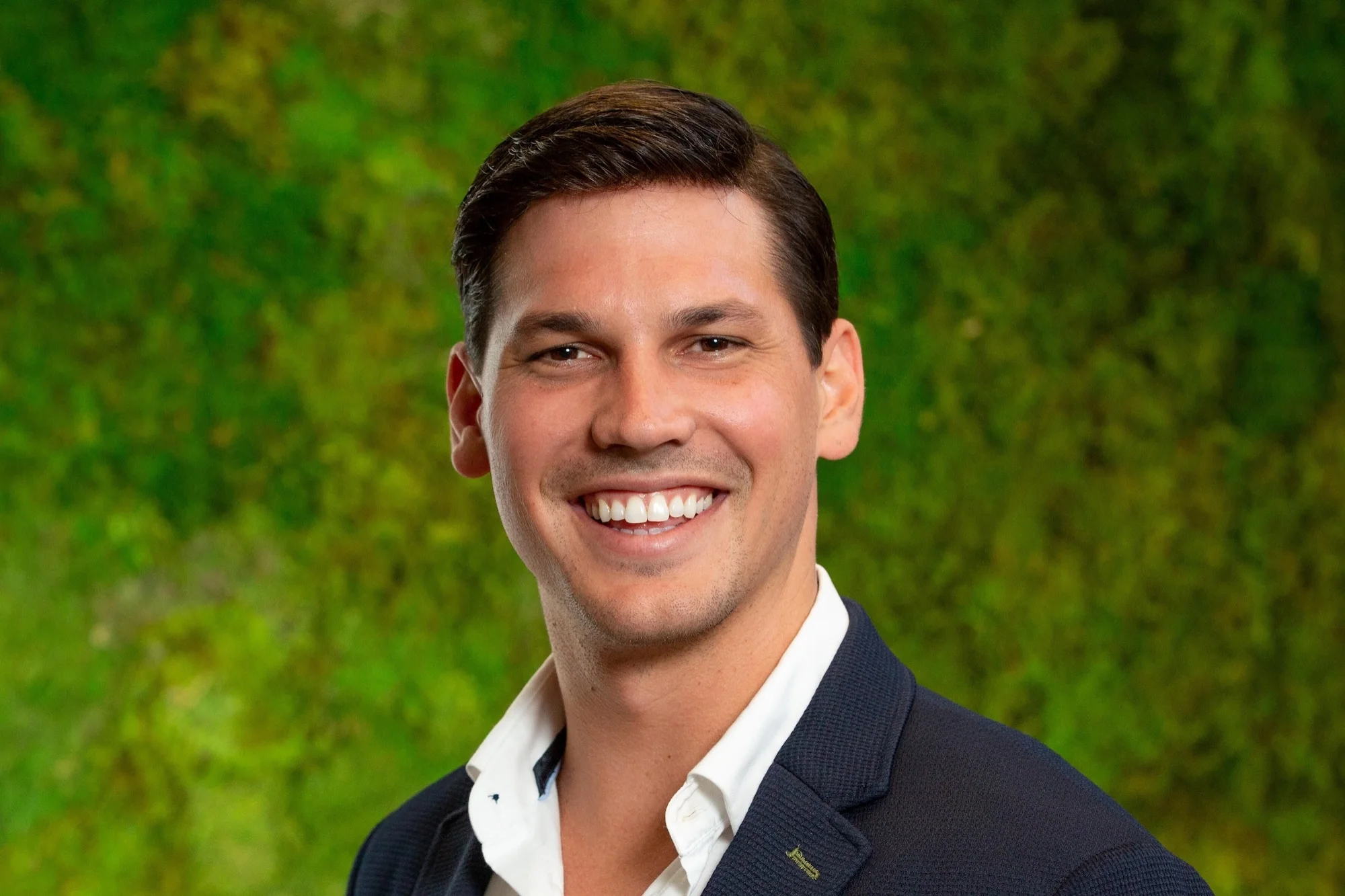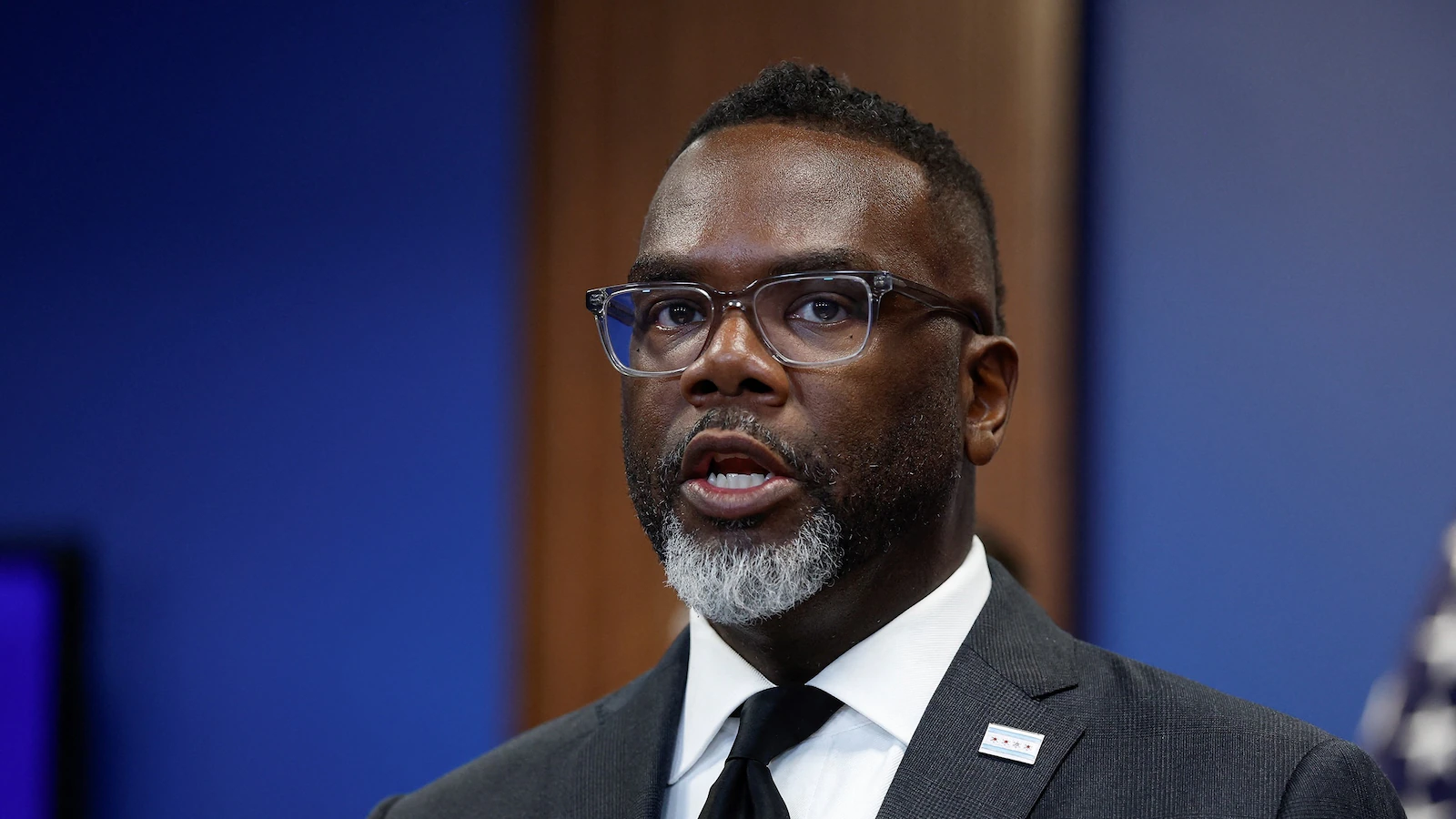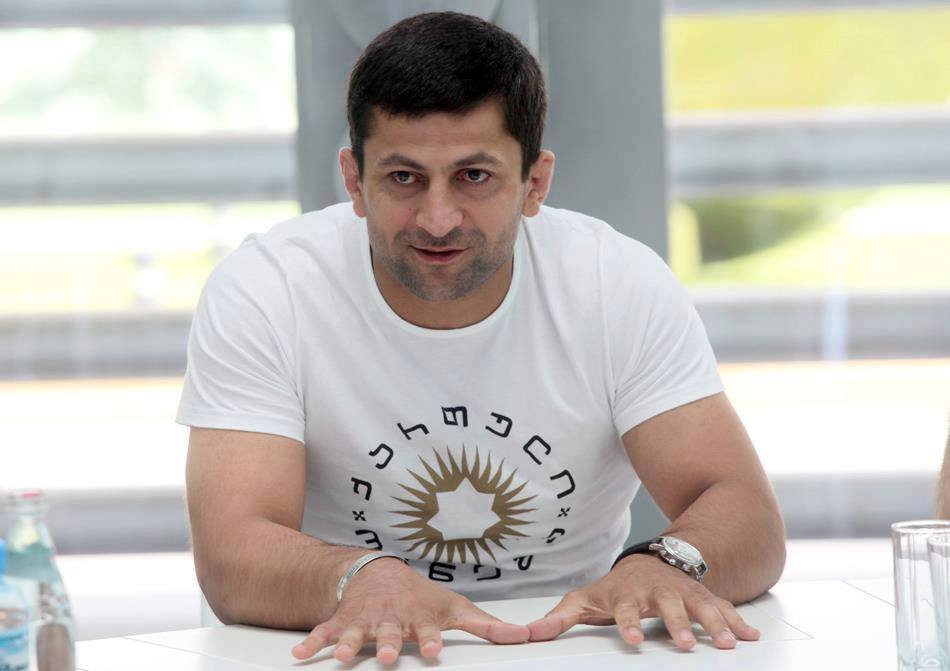
Michael Sindicich compares his journey from pre-med student to account executive to the president of the business travel platform Navan to driving a car. “When you’re a kid in the passenger seat, it looks effortless when your parents just stay in the lanes,” he told Entrepreneur. “But once you start to learn to drive and actually get behind the wheel, you realize how fickle and borderless lanes actually are, and how easy it can be to mess up. Leadership is the same.”
Here, Sindicich shares his best advice for personal and business growth — from finding your true calling to connecting with customers to building a team that loves your company as much as you do.
Tell us about your startup journey.
Today, I’m the President of Navan, but my path here was definitely not a straight line! I was actually a pre-med major who decided to take a year off to explore the startup world in Silicon Valley. After a stint at a smaller company, I took what was supposed to be a “practice interview” with our founders, Ariel and Ilan. I immediately clicked with them and was excited by the idea of being the very first salesperson and building a modern tech sales playbook from scratch in a traditional industry like travel. Navan had less than 10 people when I joined. We literally started with nothing, so I spent the first days building out the tooling, systems, processes, playbooks, decks, etc., and helping grow the SDR and Sales team. And of course, win our first customers! Now, in my current role, I’m overseeing a team of about 600 around the globe, and I’m still focused on that same “first principles” thinking: removing friction and finding ways to accelerate our growth, just on a much bigger scale.
Related: 5 Years Ago, No One Would Take Their Calls. Then a Big Break Caused a ‘Domino Effect’ That Hasn’t Stopped.
What did working your way up in the company to president teach you about leadership?
From the outside, it might seem like leaders have everything figured out, but the reality is that most of us are learning as we go. I’ve learned to rely on a few core principles. First, when you don’t know the answer or how to manage a new function, always focus on what’s right for the customer and user. Second, if something doesn’t feel right, trust your gut and dig in until you’re satisfied. And finally, from being at Navan from the beginning and starting from the ground up, I think it’s a superpower to be able to roll up my sleeves and do things alongside the team, while being very approachable. I enjoy when the team brings me problems, and I don’t want them to be afraid to come to me with a problem.
How did you learn how to pull yourself out of the weeds of the business so that you can focus on the big picture?
That’s one of the toughest challenges when you grow within a company. To solve this (while still leaving time to dive back into the weeds every once in a while), leaders just need to focus on hiring the best leaders that they trust under them who can run their teams. My role now is to look across the entire industry — where perceptions are shifting, where competitors are vulnerable, and where we can move faster — and do “systems-level” thinking that positions Navan to win in the long term. I learned to shift my mindset from fixing one issue at a time to finding repeatable, scalable processes that anyone can run with.
Related: What Really Separates Great Products From Good Ones? (Hint: It’s Not Just the Product.)
What should every business know about customer relations?
I think the most important thing that you have to rally the entire business around is making sure that your customers and users are happy. It doesn’t really make sense to build a business if you’re not trying to win over the hearts and minds of your customers and expand that into more customers. And I think this user-first mindset allows you to be more creative in your thinking. An example of this is that many years ago in the early days of Navan Expense, we ran into a unique problem with one of our customers — our app was built on the new iOS, but many of their employees had older iPhones that wouldn’t support the newer OS. Instead of making the customer wait weeks for us to refactor our app, we bought the customer’s employees new iPhones to remove the friction point. This saved us tons of time and resources
I think businesses often underestimate the ripple effect that comes from having truly happy customers. They become your best advocates, taking your product with them when they move to new companies, or in many cases, even coming to work for you.
What does every founder need to know about how to approach travel and expenses?
It’s been proven through the rebound after COVID that people value in-person connections to get deals closed, to get business done, and to build the culture of your company. Even if you’re a remote company, you actually travel more because you bring your employees together multiple times a year for off-sites. People often look at T&E as a tax on the business. But, we hear it all the time: the top-performing sales associates are the ones on the road, and struggling companies often find their competition is simply out there in the field more. T&E is a very big line item of your business budget, and there’s an opportunity to save a lot of time and money through technology and AI on that budget.
The other opportunity is being able to leverage data to understand how travel is directly impacting your business. When you can do that, you stop thinking about T&E as a budget to be cut and start seeing it as a powerful strategic lever for growth (and then you buy Navan).



